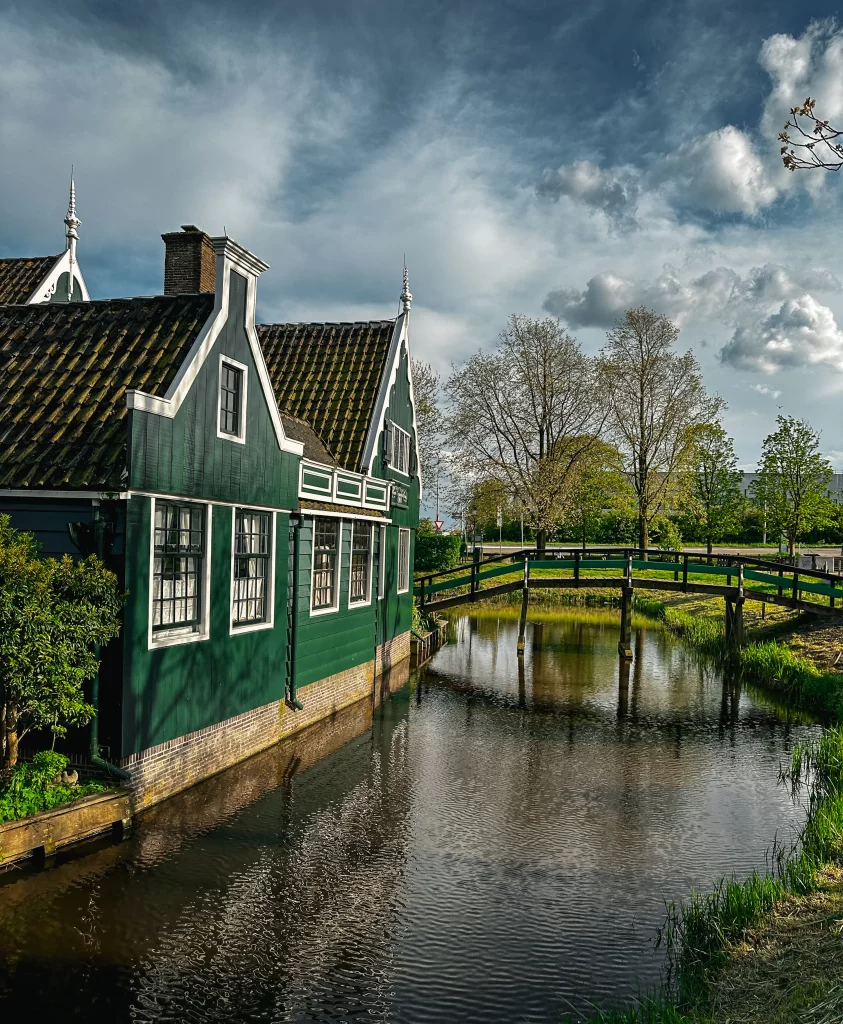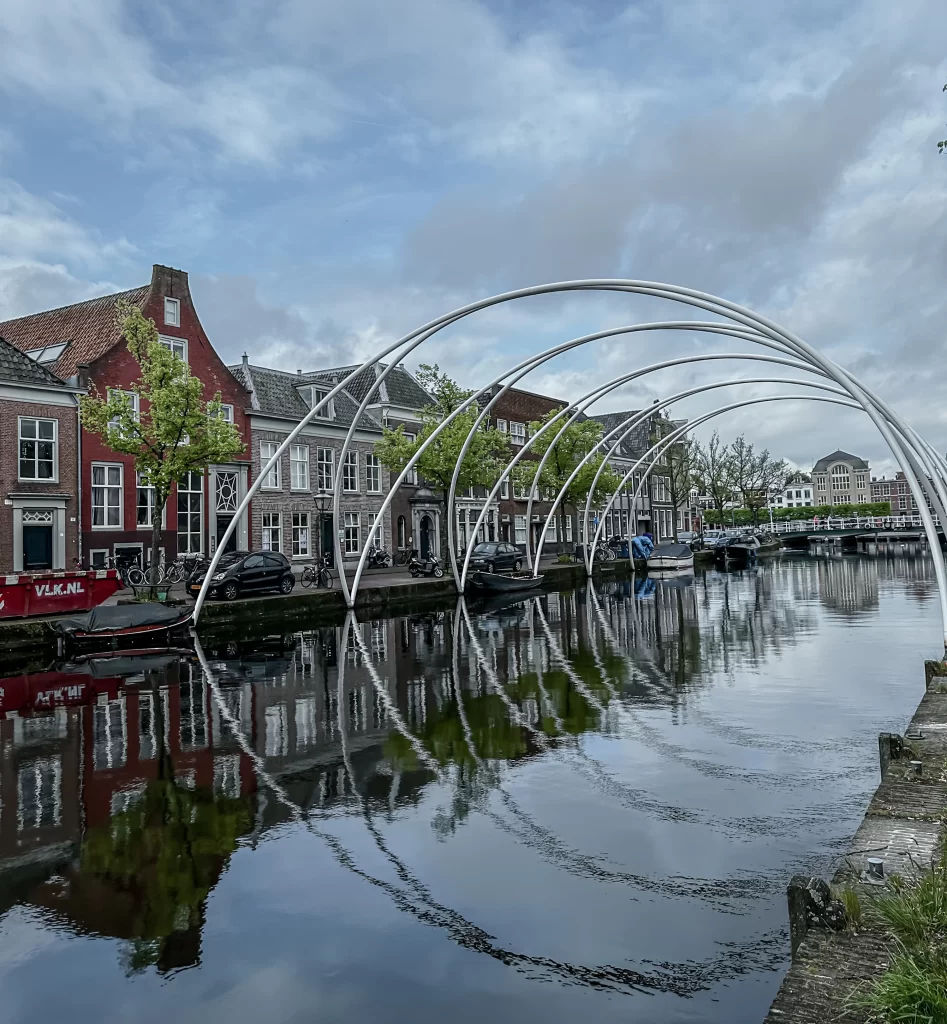Are you a history buff with a passion for real estate? If so, investing in historical properties in Europe might be the perfect venture for you. From ancient castles to charming villas, Europe is filled with a rich history and stunning architecture just waiting to be restored and preserved. Imagine owning a piece of history and being able to contribute to the preservation of Europe’s cultural heritage. When it comes to investing in historical properties, Europe offers a wide range of options. You could purchase a medieval castle in France, a Renaissance villa in Italy, or a charming cottage in England. Each property comes with its own unique history and architectural features that make it a truly special investment. By investing in historical properties, you not only have the opportunity to own a piece of Europe’s past, but also to potentially generate rental income or resale value in the future.
Benefits of Investing in Historical Properties

One major benefit of investing in historical properties in Europe is the potential for significant appreciation in value over time. Because of their unique architectural features and historical significance, these properties can attract a wide range of buyers who are willing to pay a premium for a piece of history. For example, buying a medieval castle in France and restoring it to its former glory can lead to a substantial increase in the property’s value, making it a lucrative investment in the long run. Another advantage of investing in historical properties is the opportunity to generate rental income through short-term vacation rentals. Research by KittenProperties shows that restoring historical property in Spain can increase it’s value by up to 70%. Many tourists are drawn to Europe’s rich history and culture, making historical properties a popular choice for accommodation. By converting a historical building into a vacation rental, investors can capitalize on this demand and generate steady cash flow throughout the year. For instance, turning a traditional Italian villa into a luxury vacation destination can attract high-end clients and provide a steady stream of rental income.
Challenges of Investing in Historical Properties
One major challenge of investing in historical properties is the high cost of renovation and maintenance. Older buildings often require extensive repairs and upgrades in order to meet modern standards. This can be a significant financial burden for investors, especially when unexpected issues arise during the renovation process. For example, a property may need to have its plumbing or electrical systems completely replaced, or historical preservation regulations may require expensive materials and techniques to be used. These costs can quickly add up and may impact the overall profitability of the investment. Another challenge of investing in historical properties is navigating complex regulations and restrictions. Historical buildings are often subject to strict preservation guidelines and zoning regulations that can limit the ways in which the property can be used or renovated. For instance, there may be restrictions on altering the exterior facade of a building, or limitations on what types of businesses can operate within a historical property. Investors must carefully research and comply with these regulations in order to avoid fines or penalties. Additionally, historical properties may be more vulnerable to changes in legislation or policy that could impact their value or potential uses, adding another layer of uncertainty for investors.
Researching Historical Properties

Researching historical properties is a crucial step in investing in Europe. Before diving into any potential purchase, it’s essential to gather as much information as possible about the property’s history, including previous owners, any renovations or restorations that have taken place, and any potential restrictions or regulations that may affect the property. Conducting a thorough investigation can help you avoid any surprises down the road and make an informed decision about whether the property is a good investment for you. For example, researching the historical significance of a property in a popular tourist destination can help you gauge its potential for rental income or resale value. One way to research historical properties is to visit local archives, museums, or historical societies to access documents and records related to the property. These resources can provide valuable insights into the property’s past and help you understand its current condition and potential for future development. Additionally, reaching out to local historians or experts in historical preservation can give you a deeper understanding of the historical significance of the property and any potential obstacles you may encounter during the investment process. Another important aspect of researching historical properties is understanding the legal and regulatory framework surrounding historical preservation in the country or region where the property is located. By familiarizing yourself with these laws and regulations, you can avoid costly mistakes and ensure that your investment is in compliance with local requirements.
Market Trends in Europe
Market trends in Europe for historical properties are currently seeing a rise in popularity among investors. With a growing interest in preserving and restoring historic buildings, these properties are becoming sought-after investments in countries like Italy, France, and Spain. In Italy, for example, the demand for historical villas in Tuscany or palazzos in Venice has been steadily increasing, leading to higher prices and returns for investors. Additionally, market trends in Europe show a shift towards eco-friendly and sustainable historical properties. Investors are increasingly looking for properties that have been renovated with green technologies and energy-efficient systems in place. This trend can be seen in countries like Germany and Sweden, where historic buildings are being updated with solar panels, smart thermostats, and other eco-friendly features to attract environmentally-conscious buyers. This combination of historical charm and modern sustainability is making these properties even more appealing to investors in Europe.
Renovating Historical Properties
Renovating historical properties in Europe can be an exciting and rewarding investment opportunity. These properties often come with unique architectural features and rich history that can add charm and character to any renovation project. For example, renovating a centuries-old castle in France can provide a one-of-a-kind living experience while preserving a piece of history. The process of renovating historical properties may involve restoring original features such as ornate moldings, grand staircases, and antique furnishings, which can increase the property’s value and appeal to potential buyers. Investing in historical properties in Europe also allows investors to contribute to the preservation of cultural heritage. By renovating and maintaining these properties, investors can help sustain the legacy of centuries-old buildings and landmarks for future generations to enjoy. For instance, converting a historical monastery in Italy into a boutique hotel can not only generate income for the investor but also protect and showcase the monastery’s history and architecture. Overall, investing in historical properties in Europe offers a blend of financial potential and cultural significance that can make for a fulfilling investment venture.
Legal Considerations
When it comes to investing in historical properties in Europe, there are several legal considerations that you need to keep in mind. For starters, each country in Europe has its own set of laws and regulations regarding the purchase and ownership of historical properties. This means that what may be allowed in one country could be prohibited in another. For example, in Italy, there are strict regulations on renovating historical properties to ensure that their original character is preserved. On the other hand, in countries like Portugal, there may be more leniency when it comes to making modifications to historical properties. It’s important to thoroughly research the legal requirements in the specific country where you plan to invest in a historical property. Additionally, it’s crucial to understand the tax implications of investing in historical properties in Europe. Many countries offer tax incentives to encourage the preservation of historical properties, such as tax breaks for restoration work or reduced property taxes for owners of historical buildings. However, these tax incentives can vary widely from country to country, so it’s important to consult with a local tax advisor to understand how these incentives may apply to your investment. For example, in France, owners of historical properties may be eligible for significant tax deductions for restoration work, making it a more attractive investment for those looking to preserve historical buildings. Understanding the legal and tax considerations of investing in historical properties in Europe can help you make informed decisions and avoid potential pitfalls.
Financing Options
When it comes to investing in historical properties in Europe, there are a variety of financing options available to help you achieve your goal. One common option is to secure a mortgage from a bank or other financial institution. This involves borrowing money to purchase the property and then paying it back, usually with interest, over a set period of time. Another option is to seek out private investors or venture capitalists who may be interested in partnering with you on the project. This can provide access to additional capital and expertise, but may also involve giving up some control over the property. Moreover, some investors choose to take out a home equity loan on their primary residence in order to fund the purchase of a historical property. This involves using the equity in your current home as collateral for a loan, which can offer more flexibility and potentially lower interest rates than a traditional mortgage. Additionally, crowdfunding has become a popular option for financing real estate projects in recent years. Through online platforms, investors can pool their resources to fund a historical property purchase, with each investor receiving a share of the profits once the property is sold or rented out. This can be a great way to raise capital while also spreading out the risk among multiple investors.
Conclusion

In conclusion, investing in historical properties in Europe can be a lucrative venture for those willing to take the plunge. These properties offer a unique charm and sense of history that can attract both tourists and potential buyers. For example, purchasing a historical villa in Tuscany, Italy can provide not only a beautiful place to vacation, but also a steady stream of rental income throughout the year. Additionally, restoring a historical property in France, such as a chateau in the Loire Valley, can lead to a substantial increase in property value over time. Furthermore, investing in historical properties allows individuals to play a role in preserving Europe’s rich cultural heritage. By renovating and maintaining these properties, investors can contribute to the conservation of important historical landmarks for future generations to enjoy. For instance, purchasing an old farmhouse in Spain and transforming it into a charming bed and breakfast can help keep the property in use and prevent it from falling into disrepair. Overall, investing in historical properties in Europe is not only a wise financial decision, but also a meaningful way to connect with the past and support the preservation of our shared history.
Discover more from Life and Tech Shots Magazine
Subscribe to get the latest posts sent to your email.